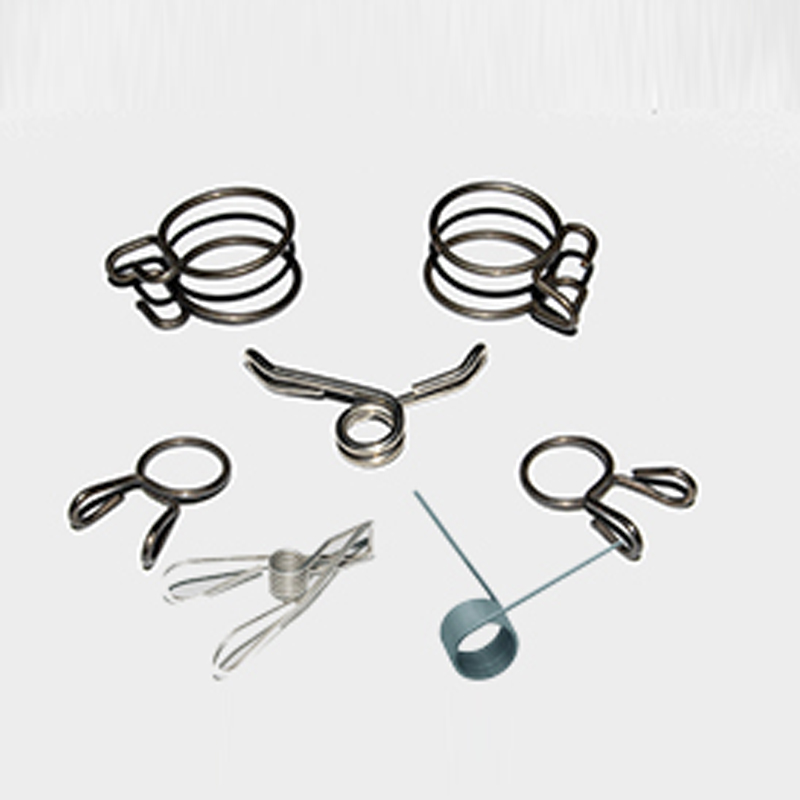
- Mobile Phone
- +8613931874955
- sales@cntcmetal.com
wall ties for cavity walls
Understanding Wall Ties for Cavity Walls
Cavity walls have become a popular construction method in modern buildings due to their excellent thermal insulation properties and moisture control. One crucial component of cavity wall construction is the wall tie, which serves as a structural element that connects the outer and inner walls. This article explores the importance of wall ties, their types, installation, and maintenance.
Importance of Wall Ties
Wall ties are essential for the stability and integrity of cavity walls. They ensure that the two leaves of the wall (the outer and inner layers) act together, distributing loads and maintaining structural stability. The primary purposes of wall ties include
1. Structural Support Wall ties provide the necessary support to hold the outer leaf of the cavity wall against wind pressure and other environmental factors. This is especially important in areas prone to severe weather conditions.
2. Moisture Control By creating a bridge between the two walls, wall ties help prevent moisture from penetrating through the cavity. They ensure that water is directed away before it can cause damage to the inner wall.
3. Thermal Efficiency Properly installed wall ties contribute to the thermal performance of a building, minimizing heat loss and improving energy efficiency.
Types of Wall Ties
There are several types of wall ties available, each designed for specific applications based on the building's needs
1. Metal Wall Ties Typically made of stainless steel or galvanized steel, metal wall ties are durable and resistant to corrosion. They are suitable for most masonry cavity walls and are available in various lengths and diameters.
2. Plastic Wall Ties These ties are often used in situations where there is a risk of corrosion. They are lightweight, easy to handle, and resistant to thermal bridging, making them suitable for energy-efficient constructions.
wall ties for cavity walls

Installation of Wall Ties
The installation of wall ties is a critical aspect that determines their effectiveness. Here are some guidelines for proper installation
1. Spacing Wall ties should be installed at regular intervals, typically every 600mm horizontally and every 450mm vertically, although this can vary based on specific building codes and conditions.
2. Depth The ties must embed sufficiently in both leaves of the wall. A minimum embedment of 50mm is recommended for solid masonry units.
3. Alignment It is essential to ensure that wall ties are aligned correctly during installation. Misalignment can lead to inadequate support and moisture issues.
4. Checking for Corrosion Regular inspections should be conducted to check for signs of corrosion or damage. Immediate replacement of any compromised ties is crucial to maintain structural integrity.
Maintenance and Issues
Maintaining wall ties is vital for the overall health of cavity walls. Over time, ties can corrode or become loose due to environmental factors. Homeowners and builders should be vigilant and conduct periodic checks, especially in older buildings.
Common issues with wall ties include corrosion, lack of support, and inadequate spacing. Addressing these problems promptly can prevent extensive damage to walls and costly repairs.
Conclusion
Wall ties play an indispensable role in the construction of cavity walls, providing stability, moisture control, and thermal efficiency. Understanding the types, installation procedures, and maintenance requirements of wall ties can help builders and homeowners ensure the longevity and integrity of their structures. Proper attention to these elements ultimately supports safer, more efficient buildings that stand the test of time.
share:
-
Why Sacrificial Formwork Is Redefining Underground ConstructionNewsJun.06,2025
-
The Structural Dynamics of Modern Concrete: How Snake Spacers Revolutionize Flexible ReinforcementNewsJun.06,2025
-
Snake Spacers Smart-Lock Concrete Reinforcement with Surgical PrecisionNewsJun.06,2025
-
Snake Spacers: Reinforcement Precision for Modern Concrete ProjectsNewsJun.06,2025
-
Snake Spacers Powering Concrete's Structural DNANewsJun.06,2025
-
Slither into Success: Snake Spacers' Precision Bite for Unbreakable ReinforcementNewsJun.06,2025
-
Sacrificial Formwork: Building Stronger, Faster, and Safer StructuresNewsJun.06,2025



















